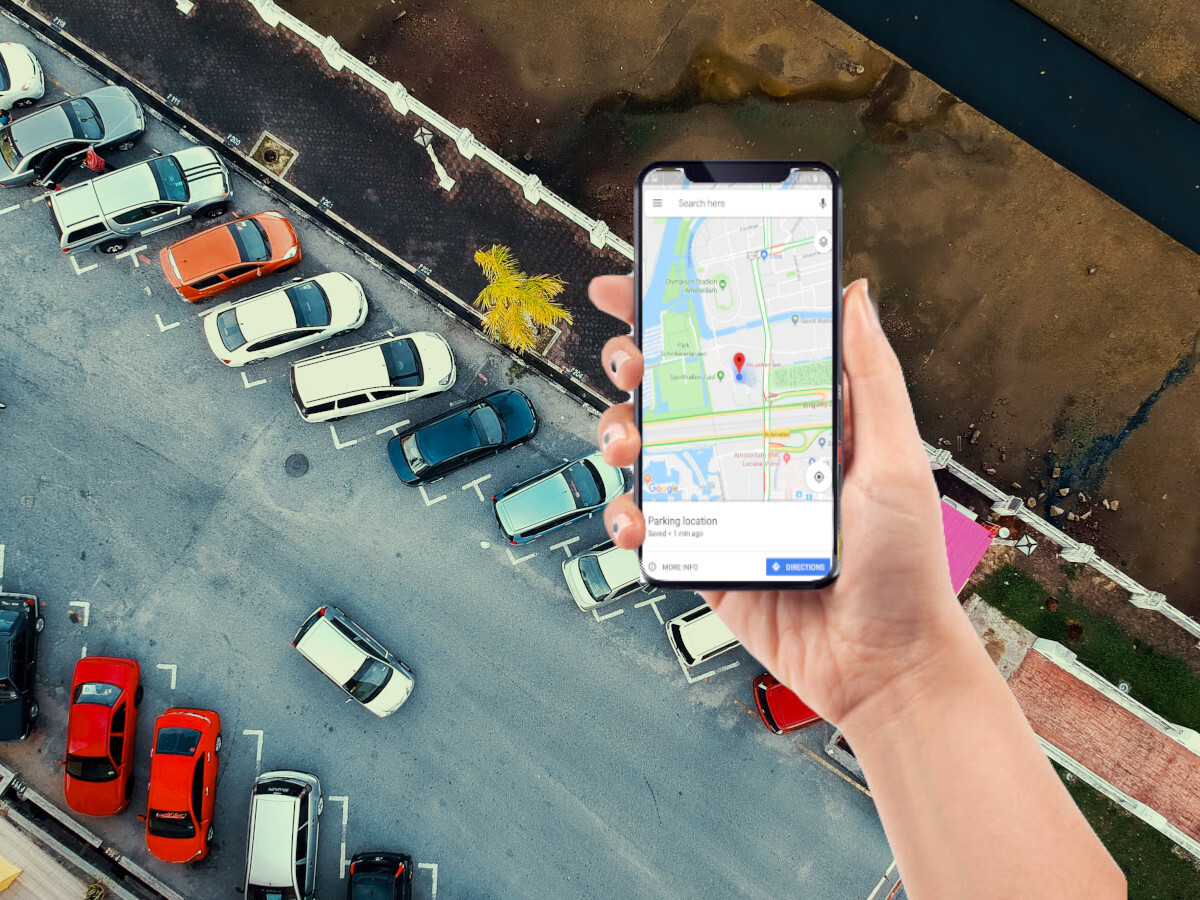
TikTok CEO says company scans public videos to determine users ages
Amid questioning well-nigh TikTok’s use of biometrics in today’s Congressional hearing, TikTok CEO Shou Zi Chew offered some insight into how the visitor vets potentially underage users on its platform. After denying the app collects body, squatter or voice data to identify its users — vastitude what’s needed for its in-app AR filters to function, that is — the exec was asked how TikTok determines the age of its users.
Chew’s initial wordplay was expected: The app uses age gating. This refers to the wontedly used method that simply asks a user to provide their birthdate in order to determine their age. In TikTok, there are three variegated experiences: for under-13 users, younger teens and adults 18 — which wits the user receives is based on this age input.
Relying on this method vacated is a problem, of course, considering kids often lie well-nigh their age when signing up for social media apps and websites.
As it turns out, TikTok is doing increasingly than looking at the age that’s entered into a text box.
In the hearing, Chew widow that TikTok scans users’ videos to determine their age.
“We have moreover ripened some tools where we squint at their public profile, to go through the videos that they post to see whether…,” Chew began, surpassing stuff interrupted by Rep. Buddy Carter (R-GA), who interjected, “That’s creepy. Tell me increasingly well-nigh that.”
When Chew was worldly-wise to continue, he explained “It’s public. So if you post a video, you segregate that video to go public — that’s how you get people to see your video. We squint at those to see if it matches up the age that you talked well-nigh it,” he said.
“Now, this is a real rencontre for our industry considering privacy versus age warranty is a really big problem,” Chew said.
An interesting follow-up question to the CEO’s response would have been to ask how TikTok was scanning these videos, what specific facial recognition or other technologies it uses, and whether those technologies were built in-house or if it was relying on facial recognition tech built by third parties. Then, of course, whether any of the data that toadies the age with the user was stuff stored permanently rather than stuff used to simply marching the user off a TikTok LIVE stream, for example.
Unfortunately for us, Carter didn’t pursue this line of questioning.
Instead, he blasted the CEO for dismissing age verification as an industrywide issue.
“We’re talking well-nigh children dying!” he exclaimed, referencing the dangerous challenges apps like TikTok and others have unliable to viral, like the vertigo challenge. (That rencontre resulted in TikTok removing some half a million finance in Italy to woodcut underage users from its platform at the request of the local regulator.)
The reality is that age verification is an industrywide snooping and the lack of U.S. laws virtually children’s use of social media leaves companies like TikTok and others to develop their own processes.
For example, Instagram began verifying users’ month just last year by offering users a nomination of three options. Users could either upload an ID, record a video selfie or ask bilateral friends to verify their age on their behalf. The latter is relatively easy to shirk if you have good friends willing to lie for you.
Earlier this month, Instagram rolled out its age verification tools in Canada and Mexico, in wing to the existing support in the U.S., Brazil and Japan. The visitor had older said it had partnered with London-based digital identity startup Yoti for the video selfie part of the age verification process.
Instagram has moreover previously explained at a upper level how it identifies which users it suspects to be underage.
Beyond investigating flagged accounts, the visitor claims it developed AI technology that it uses to infer someone’s age. Its model has an understanding of how people in the same age group tend to interact with content. Another one of the ways it may identify an underage user who’s lying well-nigh their age is by scanning the comments on “Happy Birthday” posts where a user’s age may be referenced. Plus, Instagram said it may try to match a user’s age on Facebook with their stated age on Instagram, withal with the use of “many other signals” that it doesn’t disclose.
TikTok’s technique has been less clear. The visitor does document how to verify your age if it identified you incorrectly — for example, if you were kicked off LIVE for looking too young. (Last fall TikTok announced it was raising the age requirement for using its in-app livestreaming service, TikTok LIVE to 18, up from 16).
Last year, Bloomberg reported that TikTok met with two providers of facial age-estimation software in 2021. Both companies offered software that could tell the difference between children and adults, but a TikTok exec nixed the deals over fears that facial scanning like this would lead to fears that China was spying on child users, the report had said.
Today, the U.S. had the TikTok CEO in the hot seat, poised to explain the very techniques TikTok uses for age determination, and all we got were screaming, blustering politicians putting on a show instead of getting real answers.
TikTok CEO says visitor scans public videos to determine users’ ages by Sarah Perez originally published on TechCrunch
.
.jpg)










